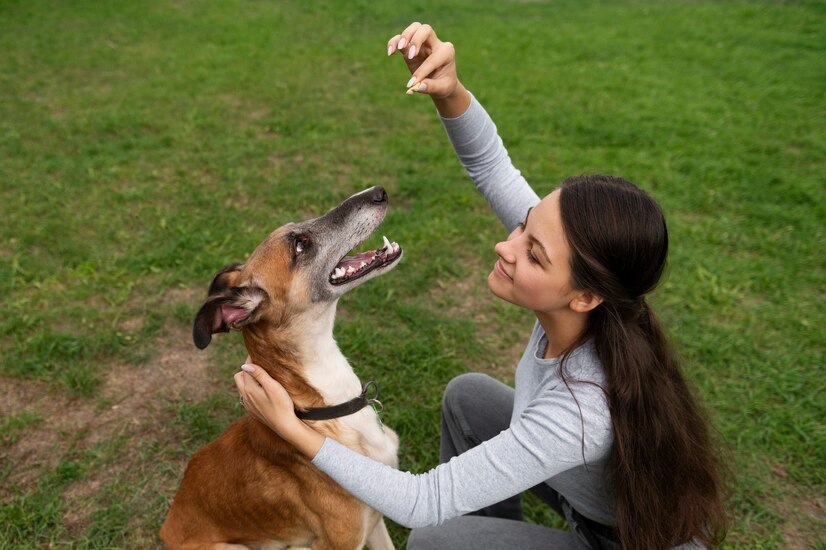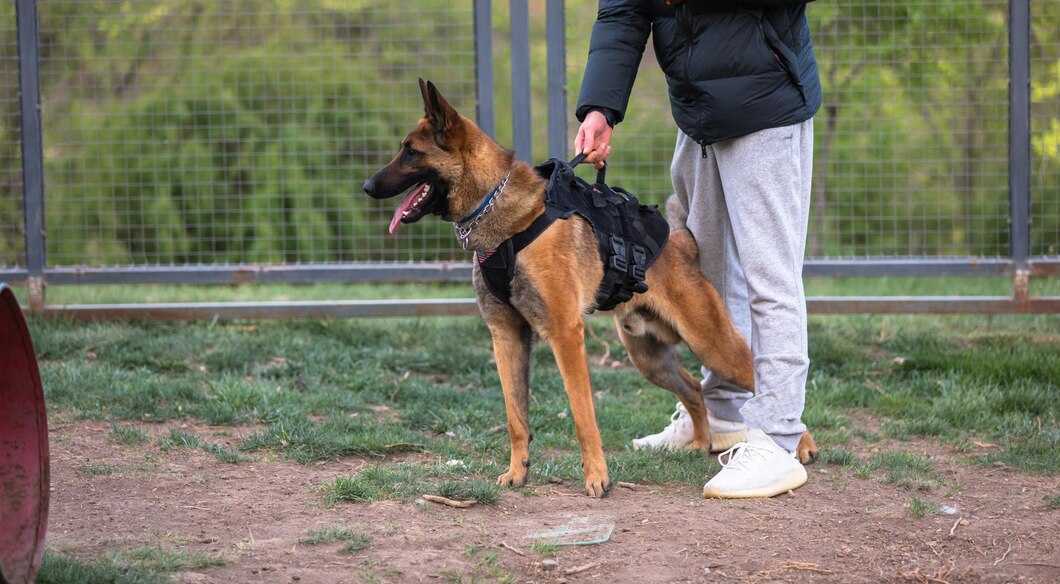Training large dogs for reliable recall is a critical aspect of responsible pet ownership. Recall training, the process of teaching a pet to come when called, is essential for the safety and well-being of both the dog and its environment. Traditionally, this training involves a combination of techniques like voice commands, treats, and leash training. However, in some cases, particularly with large breeds that may present more significant control challenges, owners and trainers might consider the use of a shock collar for large dogs. This article delves into the responsible and informed use of shock collars as a tool for recall training, emphasizing the importance of understanding both the benefits and the ethical considerations involved.
Understanding Recall Training

Recall training is vital, especially for large canine breeds known for their strength and independent nature. The ability to recall a large doggie can prevent dangerous situations, such as running into traffic or encountering wildlife. However, training large pups poses unique challenges due to their size, strength, and sometimes stubborn temperament. In this context, a shock collar for large dogs can be a tool, but it’s crucial to understand its role and limitations. The goal is to use such tools to reinforce commands, not to replace traditional, positive training methods.
What Is A Shock Collar?
A shock collar is a device worn around a dog’s neck that delivers a small electric shock as a form of behavioral correction. These collars are designed to grab the dog’s attention and discourage certain behaviors. For large canine, it’s essential to choose a shock collar that is appropriately sized and offers a range of intensities. The best collars are those that offer a variety of feedback options, such as vibrations or beeps, before resorting to the shock feature. The key is to use the collar as a training aid, not as a punishment tool.
Modern Collar Features For Responsible Use
While early shock collars provided limited control for humane use, modern versions now integrate useful features that promote responsibility in several ways when used correctly. These design upgrades better facilitate ethical integration into a balanced training program.
Safety Cutoff
Many modern collars automatically stop administering corrections after an initial warning cue rather than relying solely on escalating deterrents. For example, an accelerating series may apply from vibration to tone to shock. But cutoffs cap the stimulation at a specific level that still grabs attention without risking excessive force. This also motivates owners to actively reinforce wanted behaviors once they capture the dog’s focus following the initial sensory cue.
Customizable, Low-Range Intensities
Quality shock collars now provide a wider range of intensities down to very low stimulation levels for sensitive large breeds like Greyhounds. Reputable brands generally offer stimulation ranges between 100 to 130 varying levels rather than crude single-level units. This nuanced adjustability reduces injury risks and excessive reactions by matching the lowest effective setting for each unique dog after careful introduction at the lowest points first. Handheld remotes also let trainers administer cues with precision only as needed.
Reinforcement Modes
Another advantage to modern designs is alternative modes that apply stimulation not solely to deter unwanted behaviors but also to reinforce commands through automatic stimulation prompts. Some training scenarios integrate E-collars using “nick and stim” features where short spurts prompt the pet to perform a cued desired behavior like “sit” if no response rather than only turning ON stimulations the moment dogs disobey. This balances correction-centric approaches by confirming correct conduct. However, automatic triggers still warrant careful oversight to avoid overuse or unpredictable activations outside training sessions.
When used judiciously alongside positive training tactics, the latest shock collar models offer more thoughtful features for controlled use. But ultimately responsible practice remains the trainer’s prerogative regardless of what tools deploy. Clear ethical ground rules guided by assessing individual temperaments minimize collateral risks as technology advances.
Ethical Considerations And Safety
The use of shock collars is a subject of ethical debate in the dog training community. It’s crucial to consider the potential risks, such as causing fear or pain, and to mitigate them by using the collar responsibly. A shock collar for large dogs should be seen as a last resort and used under the guidance of a professional trainer. The focus should always be on positive reinforcement and building trust between the canine and the trainer. Safety is paramount, and the shock feature should only be used in a controlled environment and at the lowest effective setting.
Integrating Shock Collars Into Recall Training
When integrating a shock collar into recall training, start with the basics. First, ensure that the dog responds to voice commands without the collar. Introduce the collar gradually, using it initially only to reinforce commands, not as the primary training tool. Begin with the non-shock features like vibration or sound. If the shock feature is used, it should be at the lowest effective setting. The goal is to use the collar as a reminder, not as a primary means of communication. Always pair the use of the collar with positive reinforcement, such as treats or praise.
Alternatives To Shock Collars
There are many effective methods for recall training that do not involve a shock collar. Positive reinforcement, where the dog is rewarded for obeying commands, is often the most effective approach. Long-line training, where the fido is on a long leash and learns to respond to commands at a distance, is another excellent method. Professional obedience classes can also provide structured training environments. Patience and consistency are key in all these methods, and they should be the first line of approach before considering a shock collar.
Success Stories And Precautions
There are instances where a shock collar for large dogs has been used successfully in recall training. These cases often involve pups who have not responded to other training methods and are in potentially dangerous situations due to their lack of recall. In these success stories, the collar was used responsibly and as part of a broader training program. Precautions included close monitoring of the pup’s response, ongoing assessment, and adjustment of the training methods. These stories underscore the importance of using shock collars judiciously and as part of a comprehensive training strategy.
Summary
Using a shock collar for large dogs in recall training is a decision that should not be taken lightly. It requires a responsible approach, an understanding of the ethical considerations, and a commitment to exploring all training options. The collar should be used as a supplementary tool, not a replacement for traditional training methods. Before deciding to use a shock collar, seek professional advice and consider the individual needs and temperament of your canine. Responsible use, combined with a commitment to positive reinforcement and patience, can lead to successful recall training for large dogs.
Read Also:




























